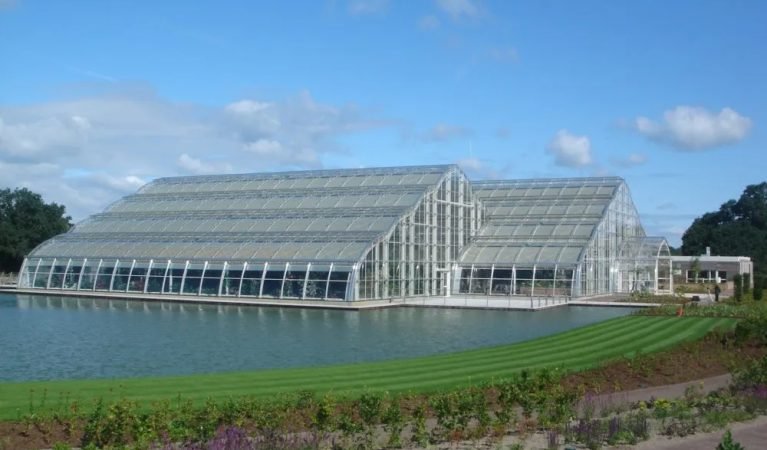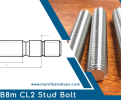Transforming Your Outdoor Space: Insights on Garden Centre Development and Garden Center Design

A thriving garden center is more than just a retail space for plants and gardening supplies. It is an immersive experience that connects visitors with nature, inspires creativity, and encourages sustainable gardening practices. Achieving this requires careful planning, innovative Garden Centre Development, and thoughtful Garden Center Design. Whether you are starting a new garden center or revamping an existing one, understanding these key principles can significantly elevate your business and customer experience.
The Importance of Strategic Garden Centre Development
Garden Centre Development is the backbone of a successful garden center. It encompasses everything from selecting the right location to planning layout, infrastructure, and product offerings. One of the first steps in this process is site selection. A garden center located in an area with high visibility, easy accessibility, and proximity to residential neighborhoods is more likely to attract a steady stream of visitors. Additionally, understanding local climate conditions and soil types can inform the choice of plants and landscaping features, ensuring that your offerings thrive year-round.
Investment in infrastructure is equally critical in Garden Centre Development. Well-constructed greenhouses, irrigation systems, and storage facilities contribute to operational efficiency and ensure the quality of plants. Moreover, sustainable development practices, such as water recycling and energy-efficient lighting, not only reduce operational costs but also appeal to eco-conscious customers. Modern garden centers increasingly prioritize environmental responsibility, making sustainable Garden Centre Development a key differentiator in the competitive market.
The Role of Innovative Garden Center Design
Once the foundational development is in place, Garden Center Design comes into play. Design is not just about aesthetics—it shapes the entire customer journey. A well-designed garden center creates a welcoming, organized, and engaging environment that encourages exploration and purchase.
A critical aspect of Garden Center Design is layout planning. Paths, display areas, and themed sections should guide customers naturally through the space. For example, arranging seasonal plants at the entrance can capture attention immediately, while dedicated sections for gardening tools, fertilizers, and decorative items create a logical flow. Clear signage and visually appealing displays further enhance the shopping experience, helping customers find what they need while inspiring them with new ideas.
Lighting and ambiance are also vital components of Garden Center Design. Natural light can showcase plant colors and textures more effectively, while strategically placed artificial lighting highlights key products and areas. Incorporating seating areas, demonstration gardens, or interactive workshops adds value to the overall experience, transforming a simple retail visit into an educational and enjoyable outing. These elements reinforce your garden center’s identity and foster customer loyalty.
Balancing Functionality and Aesthetics
Successful Garden Centre Development and Garden Center Design achieve a delicate balance between functionality and aesthetics. Functional considerations, such as efficient workflow for staff, ease of restocking, and clear pathways for customers, must be integrated with aesthetic elements like color schemes, themed sections, and decorative accents. A garden center that looks beautiful but is difficult to navigate or manage can negatively impact both customer satisfaction and operational efficiency.
Incorporating diverse plant collections, seasonal displays, and unique features like water gardens or bonsai sections can elevate the visual appeal while maintaining functionality. Seasonal rotation of displays and products keeps the center dynamic and encourages repeat visits. A garden center that evolves with the seasons and adapts to customer needs demonstrates thoughtfulness in both Garden Centre Development and Garden Center Design, setting it apart from competitors.
Leveraging Technology in Modern Garden Centers
Technology plays an increasingly important role in modern garden centers. Integrating digital tools for inventory management, online ordering, and customer engagement can streamline operations and enhance the shopping experience. Digital signage, interactive kiosks, and mobile apps can provide customers with information about plants, gardening tips, and ongoing promotions. By embracing technology, garden centers can bridge the gap between traditional retail and modern consumer expectations, reinforcing the effectiveness of your Garden Centre Development strategy.
The Expertise of Garden Center Advice
For businesses seeking to optimize their garden center, professional guidance can be invaluable. Companies like Garden Center Advice specialize in providing expert recommendations on everything from layout optimization and product selection to branding and sustainability. Their insights can help new and established garden centers achieve operational excellence while creating an inspiring environment for customers. By collaborating with experts in Garden Center Design and development, garden centers can avoid costly mistakes and ensure long-term success.
Conclusion
The success of a garden center depends on the seamless integration of effective Garden Centre Development and innovative Garden Center Design. Strategic planning, sustainable infrastructure, thoughtful layout, and aesthetic appeal all contribute to a thriving business that delights customers. As the gardening industry continues to grow, garden centers that prioritize both functionality and experience will stand out in a competitive market. Leveraging expert advice and incorporating modern technology ensures that your garden center not only meets current demands but also adapts to future trends, offering a memorable and inspiring experience for all visitors.
By focusing on these principles, garden centers can transform into more than retail spaces—they become destinations that nurture a love for gardening and provide an enriching experience for the community.
ABOUT ME

Welcome to my blog Artcle slurp. We share latest article for all niche. If you want to publish your article then mail me on articleslurpblog@gmail.com
































